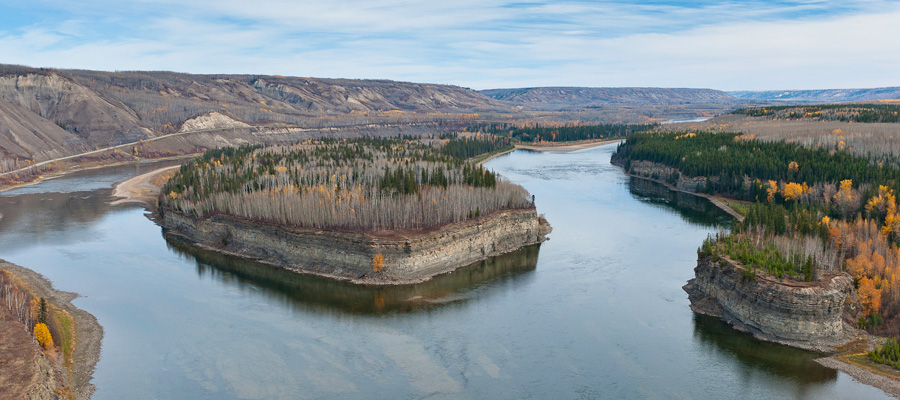Who benefits from caribou decline?
Scientists predict caribou herds located in northeastern BC will go extinct within our lifetimes. How could this be? We were led to believe that environmental oversight introduced decades ago would protect this iconic Canadian species despite the large-scale industrial development that threatens them. We were promised a win-win: thriving caribou and a thriving economy.
Fast forward through the first decade of this century and we witness these herds quickly declining. Regulatory requirements and legislative protections failed us. In 2013, the last member of the Burnt Pine herd fell into a mining exploration pit and died. The region’s other five herds have declined to fewer than 70 animals. The only reason they are hanging on is due to the heroic efforts of First Nations who have resorted to stop-gap measures such as corralling pregnant mothers in pens to protect them from predation.
Caribou are not thriving and herd extirpation is on the horizon.
What about the promised benefits—the taxes, jobs and economic growth we were told about? Caribou extinction is a loss of huge proportion, but the promises of economic benefits that accompany major industrial project approvals are vast. Our report, “Who Benefits from Caribou Decline?”, focuses on the economic impact of three open pit metallurgical coal mines currently operating in northeastern BC—Willow Creek, Brule and Wolverine. We examined the tax, employment and production promises made between 1999–2019 and measured them against actual results.
In 2013, the last member of the Burnt Pine herd fell into a mining exploration pit and died.
We found that approvals for all three mines were based on unreasonable benefits expectations. Of the $250 million predicted in corporate taxes, net corporate taxes paid, up to and including 2016, were zero. After Conuma Coal purchased the three mines out of receivership and reopened them, corporate taxes paid totaled $86 million from 2017 to 2019. However, Conuma’s weak financial performance suggests that even these taxes may be refunded—if not in whole, in part.
We found that workers were subjected to the hardship of layoffs that come with the boom and bust nature of the coal market and that employment was less than 60 per cent of that predicted. Coal production did not even reach 40 per cent of the level regulators and politicians were led to believe would occur over the period we reviewed.
Such results can hardly be characterized as an economic win. When it comes to coal mines and caribou in northeastern BC, the reality is lose-lose.
The magnitude of the loss is more profound when we discover that Conuma Coal is on life support and Canadian taxpayers may be left with the bill.
In April 2018, Conuma raised US$225 million in debt. Over the next two years it paid US$225 million in dividends to its shareholders including its majority shareholder, US-based hedge fund AMCI Group. Insufficient equity was retained within the company to weather the inevitable downturn.
Conuma’s high debt load and low prospects led S&P Global to downgrade Conuma’s credit rating last March. Before COVID-19, Conuma was in financial difficulty because of its aggressive dividend strategy.
When it comes to coal mines and caribou in northeastern BC it’s lose-lose.
Now Ottawa’s bailed out Conuma.
On October 21, 2020, the Canada Enterprise Emergency Funding Corporation—Ottawa’s lender of last resort—announced it would lend Conuma $120 million to cover cash flow needs and to expand the company’s mining footprint. Moody’s responded on October 28 by issuing a credit downgrade. Conuma’s debt is speculative and the company has a high risk of defaulting. That risk is now on the backs of Canadian taxpayers.
For decades British Columbians have been fed a steady diet of win-win scenarios when it comes to industrial development and environmental sustainability, regardless of where the development takes place. Our research proves this narrative false when it comes to coal and caribou in BC’s northeast. It also begs the question, how many more of these win-win scenarios are actually lose-lose when you scratch below the surface?






